Embarking on a career in aviation is a thrilling journey filled with possibilities, challenges and countless opportunities for growth. Whether you’re dreaming of soaring through the skies as an airline pilot or mastering the art of aerial maneuvers as a flight instructor, understanding the diverse array of licences, ratings and certifications of a pilot is crucial.
From private pilot licenses to instrument ratings and beyond, each credential represents a milestone in your aviation career, unlocking new horizons and expanding your capabilities.
Join me as we delve into the world of pilot certifications, exploring the paths that lead to the skies and the qualifications that define each step of the way.
Click here to read my blog on how to find the best flight school
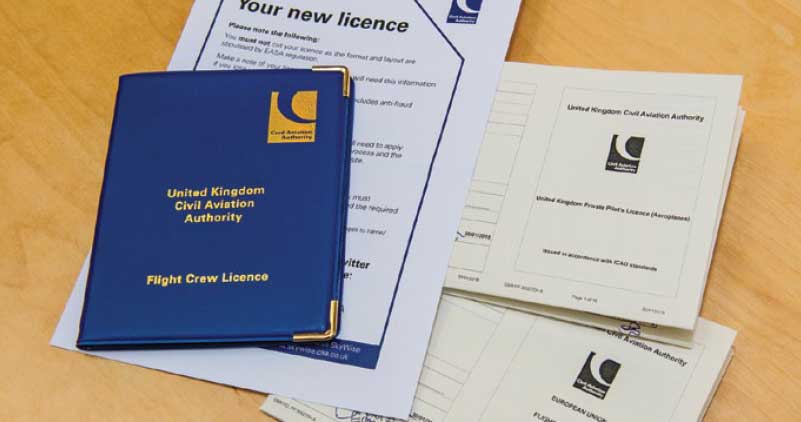
Table of Contents
ToggleBASIC PILOT LICENCES
Pilots wield a variety of licenses, ratings and certifications, each is a key unlocking different realms of the aviation universe. At the core is the Private Pilot License (PPL), granting enthusiasts the freedom to navigate the skies for personal pleasure. This is obtained after written examinations and a minimum of 45 hours of flying followed by a flight test.
Adding to it an Instrument Rating (IR) which sharpens the ability to fly solely by reference to instruments, without any external visual reference, essential for navigating adverse weather conditions. Adding to that a Multi-Engine Rating, where pilots conquer the intricacies of handling aircraft with multiple engines, broadening their career horizons.
Click here to know about the differences in cadet programs and the conventional training methods.
Raising the stakes, the Commercial Pilot License (CPL) transforms passion into a profession, allowing pilots to be compensated for their airborne skills. This is obtained after some more written examinations and a minimum of 200 hours of flying and flight tests.
For those drawn to the command of larger aircraft, an Airline Transport Pilot License (ATPL) is the pinnacle, marking the transition to captaincy. This again has more written examinations and in India an oral examination with a minimum of 1500 hours of flying experience. Click here to know more in detail about these licences and the eligibility criteria.
SPECIAL RATINGS
Specialized ratings such as Type Ratings dive into specific aircraft models, ensuring mastery of their unique nuances. Seaplane and Glider ratings further diversify a pilot’s expertise. Safety is paramount and certifications like the Flight Instructor Rating empower aviators to share their knowledge, shaping the next generation of pilots. This collection of licenses and ratings constitutes the rich mosaic defining a pilot’s journey, each endorsement a testament to their evolving mastery of the skies.
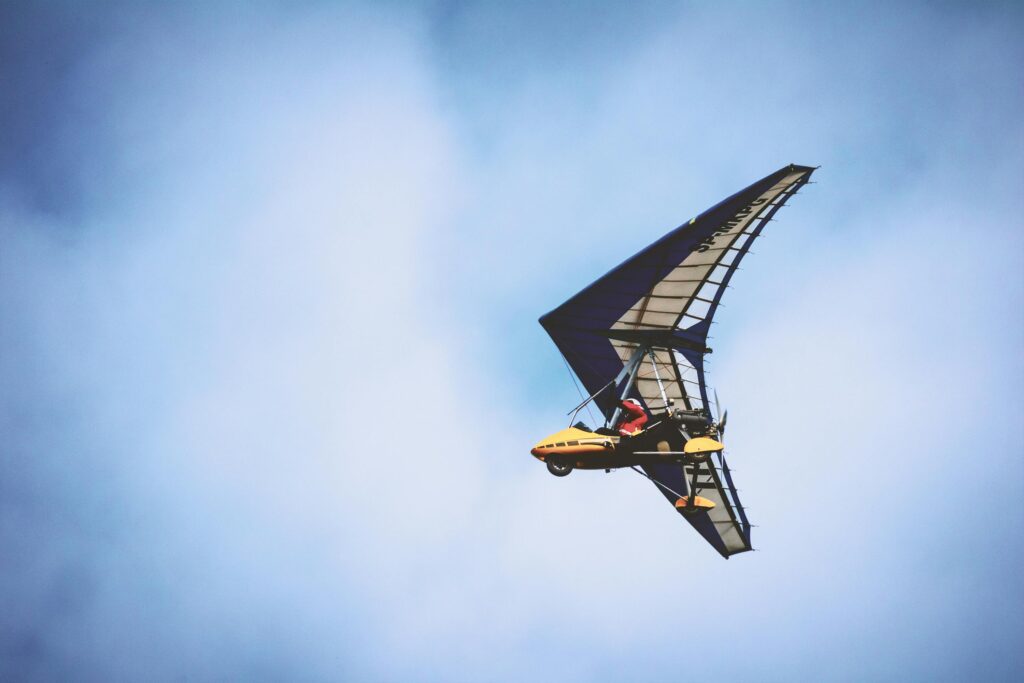
Click here to know how much it costs to become a pilot.
MEDICALS
A class one medical is required to keep a Commercial (CPL) and Airline Transport pilot Licence (ATPL) valid. These medicals are valid only for 1 year and need a yearly renewal. A class 1 is also required for a Private Pilot’s Licence where the privileges of an Instrument Rating is required. Before a class one, a class two needs to be undertaken as this creates a file and database of yours with the DGCA.
A class 2 is also required for a Private Pilot’s Licence (without IR), Student Pilot’s Licence or a Flight Radio Telephone Operator’s Licence. A class 3 medical is required for an Air Traffic Controller. These medicals are related to Physical, Mental, Visual and Hearing health of a person. Click here to find the closest DGCA approved doctor to you.
FLIGHT RADIO TELEPHONE OPERATOR’S LICENCE
In India the FRTOL works in conjunction with a Radio Telephone Rating (RTR) licence and is issued by the DGCA. The RTR is issued by the Wireless Planning and Coordination wing (WPC). As mentioned above, a minimum class 2 medical is required for an FRTOL. There are 3 types of RTR that could be issued. They are P, C and A.
If you have a foreign CPL then you can apply for the P type RTR. There is no examination required for this, but you will need to keep your foreign CPL, medical and RTR valid to apply and for every renewal. The validity is based upon the validity of your foreign CPL or RTR, whichever expires earlier.
RTR – C is issued based upon a valid foreign CPL and RTR along with part A written examination which is conducted by the WPC. The validity of this RTR is based upon the validity of foreign RTR only, so only a valid foreign RTR is required for every renewal.
RTR – A is issued upon a successful completion of both written (A) and oral (B) examinations conducted by the WPC. This RTR does not need any valid CPL and is valid for life time.
| RTR | WPC Exam | Foreign CPL | Foreign medical | Foreign RTR |
| A | Part A+B | NO | NO | NO |
| C | Part A | NO | NO | YES |
| P | NO | YES | YES | YES |
NIGHT RATING
Some countries offer a night rating, where a pilot without an instrument rating is allowed to fly under visual meteorological conditions (VFR) during night time. Exploring the nocturnal skies can be a transformative experience for pilots. Obtaining a night rating opens new realms of aviation, allowing flights after sunset under visual conditions. This invaluable extension to a pilot’s skill set not only broadens horizons but also enhances confidence, fostering a deeper connection with the magic of the night.
ENGLISH LANGUAGE PROFICIENCY
Acquiring any pilot’s license necessitates undergoing an English Language Proficiency examination. Despite its straightforward nature, the results hold significant weight, leaving a lasting impression on both oneself and potential employers. Achieving a level 6 exempt’s one from future tests, providing a lifelong validation. A level 5 requires testing every 6 years, while a level 4 mandates testing every 3 years. Levels 3 and below are not accepted, necessitating a reattempt. Click here to know more in detail about the ELP.
SPECIFIC AIRCRAFT TYPE RATING

When a pilot assumes command of an aircraft, they undergo specific type rating training and receive a corresponding endorsement on their license. This signifies a comprehensive understanding of the particular aircraft, encompassing details from tire pressure to electrical and ventilation systems. The duration of this training varies, depending upon the complexity of the aircraft itself. It could range from a few hours for aircraft like the Cessna 172 to several months for larger aircraft such as the Boeing 747. The training regimen incorporates theoretical examinations and practical flying skills assessments, conducted either in the actual aircraft or full-motion simulators, depending upon the associated training costs.
AIRLINE SPECIFIC CERTIFICATIONS
Embarking on a career with an airline, particularly in India, brings its own set of additional certifications before taking to the skies with passengers. Fortunately, these certifications are typically sponsored by the airline, with ongoing renewal handled as part of their responsibility. So, while there may be further hoops to jump through, rest assured that your airline has your back, ensuring you’re fully equipped and compliant for the journey ahead. Let’s explore the flight path to these essential certifications and the support provided along the way.
Click here to learn how to prepare for an airline interview.
PILOT PROFICIENCY CHECK & INSTRUMENT RATING
In the dynamic world of aviation, regulatory compliance is paramount, ensuring the highest standards of safety and proficiency. The Directorate General of Civil Aviation (DGCA) in India mandates that airline pilots undergo a Pilot Proficiency Check (PPC) every six months. Additionally, on an annual basis, this PPC is coupled with the renewal of the Instrument Rating (IR). However, airlines have the flexibility to conduct these checks more frequently if they choose to do so. For instance, the airline I fly with opts for a rigorous schedule, conducting both IR and PPC assessments every six months. This commitment to recurrent training underscores our unwavering dedication to ensure the utmost safety for our passengers and crew.
ANNUAL LINE ROUTE CHECK
As its name implies, the annual assessment of a pilot’s everyday flying skills and procedures, known as the Annual Line Route Check (ALRC), is a comprehensive evaluation. Unlike simulator sessions, where various emergencies are simulated to gauge response and failure analysis, the ALRC focuses on everyday normal procedures. It entails two sectors of flying with a Line Training Captain or higher, with one sector as pilot flying and the other as pilot monitoring. This hands-on approach ensures pilots demonstrate proficiency in routine operations, reaffirming their readiness to navigate the skies safely and confidently.
ANNUAL REFRESHER
The annual course and examination are integral components of maintaining a pilot’s comprehensive understanding of the aircraft they fly and the company’s operational protocols. Covering a wide array of topics including technical specifications, performance, safety procedures, and performance-based navigation (PBN), this rigorous assessment ensures pilots remain well-versed in every aspect of their aircraft and operational requirements.
AVIATION SECURITY
To gain access to airport premises and operate aircraft, you must obtain an Airport Entry Permit (AEP) mandated by the Bureau of Civil Aviation Security (BCAS). This requires completing a course and exam on aviation security (AVSEC). First-timers undergo a 6-day course followed by an exam, while subsequent renewals involve a 2-day course. Compliance with these regulations is essential for ensuring safety and security within airport facilities. A renewal is required every 2 years.
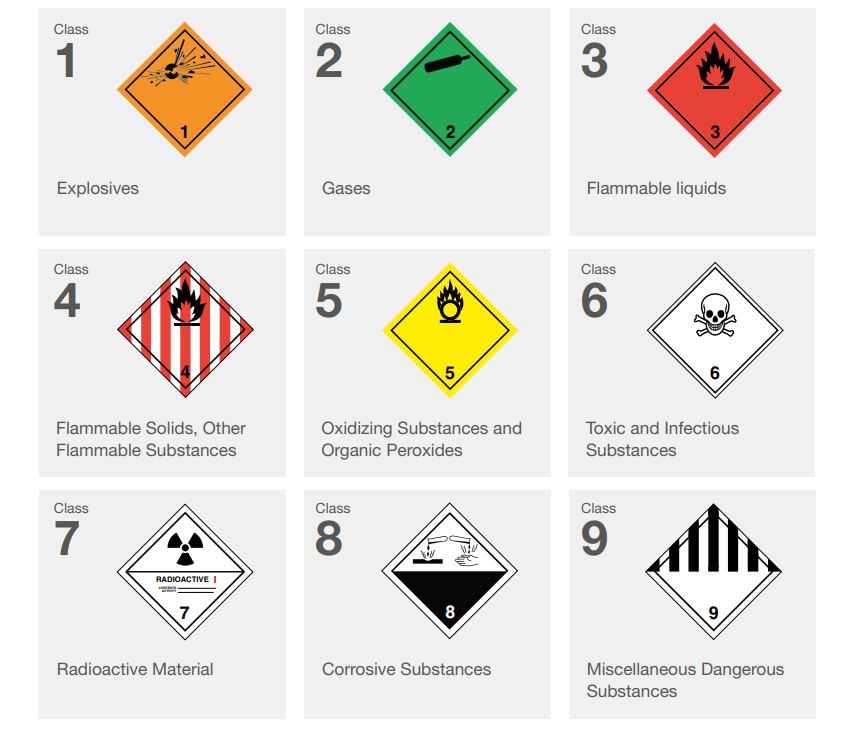
DANGEROUS GOODS RATING
To handle the transportation of hazardous materials, substances, articles, and weapons aboard an aircraft, individuals must undergo a Dangerous Goods Rating (DGR) course. This course provides vital knowledge on what can and cannot be carried on board, whether in hand luggage or cargo holds, and under what conditions. Subsequent renewals of this certification require passing an examination, ensuring ongoing compliance with safety protocols and regulations in aviation. A renewal is required every 2 years.
CREW RESOURCE MANAGEMENT
Crew Resource Management (CRM) is vital for airline pilots operating in multi-crew cockpit environments. This course emphasizes effective communication and collaboration not only with co-pilots but also with cabin crew members and air traffic controllers. It teaches utilizing all available resources optimally, including cockpit tools, to enhance safety and efficiency during normal operations and emergencies. Moreover, CRM encompasses threat and error management, emphasizing how handling obstacles can significantly influence outcomes in challenging situations. A renewal is required every year.
FIRE AND DITCHING DRILLS

Fire and ditching drills are essential safety practices for airline crews, focusing on managing emergencies with clarity and precision. In fire drills, emphasis is placed on effectively handling aircraft fires while using appropriate communication to avoid exacerbating panic or confusion among passengers. Ditching drills prepare crews for water landings, ensuring the safety of everyone onboard through proper procedures and survival tactics until rescue arrives. These drills are vital for equipping crews with the skills and confidence needed to respond effectively in critical situations, prioritizing the safety and well-being of all passengers and crew members. A renewal is required every 3 years.
These are of course just my opinions based on my experiences and gained knowledge. Differences in opinion are welcome.


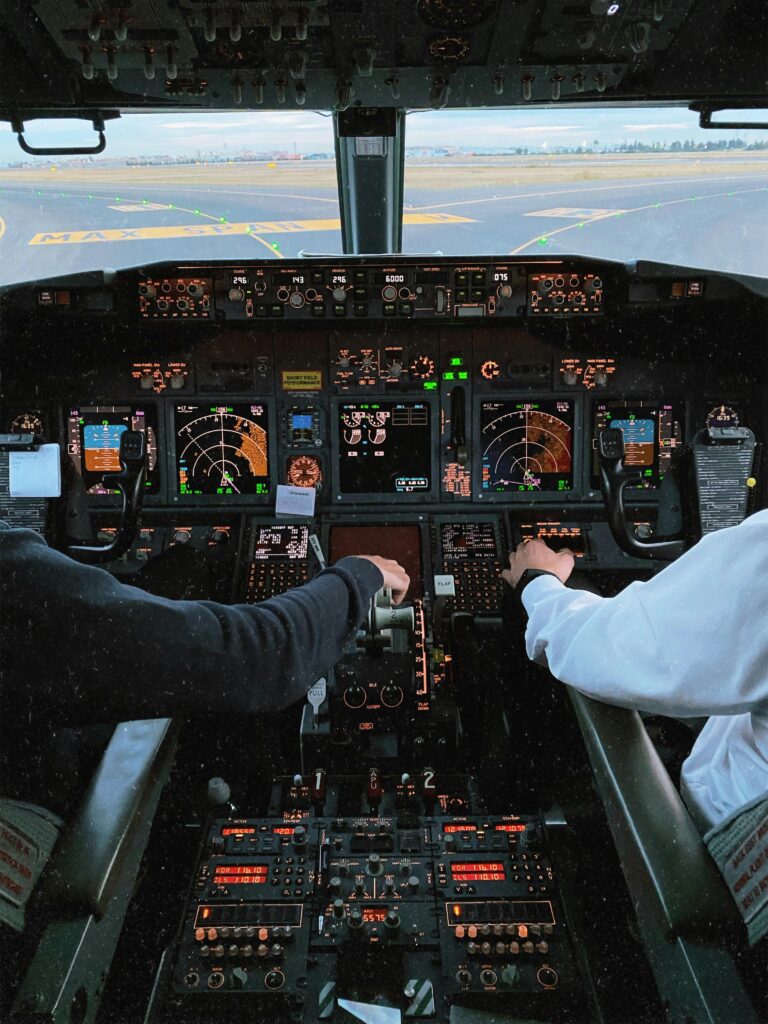
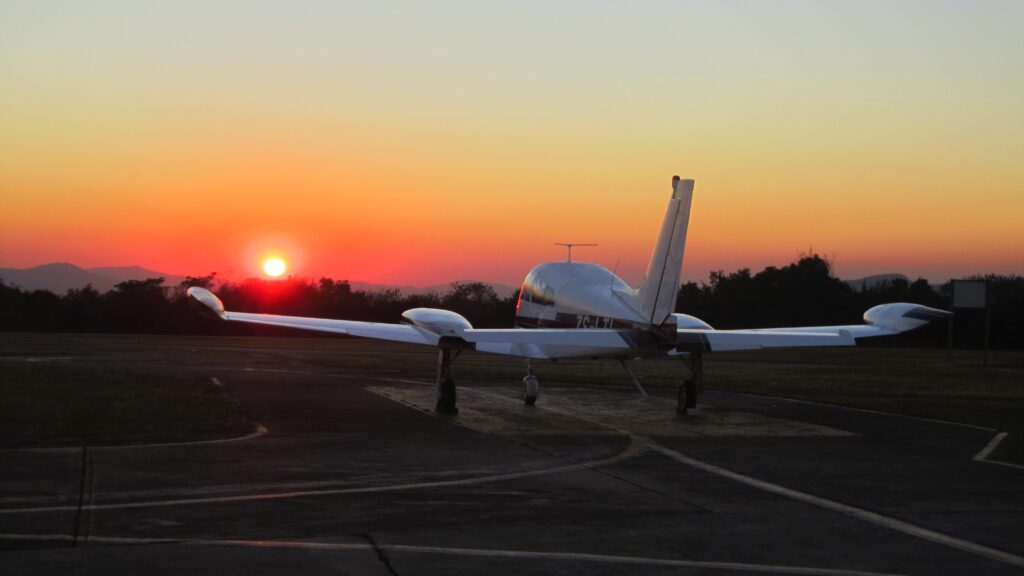

These are well explained! I just knew the basics but this has seriously broadened my avenue.. would love to connect over Insta if thats viable?
Hi, yes please do reach out to me on Instagram.